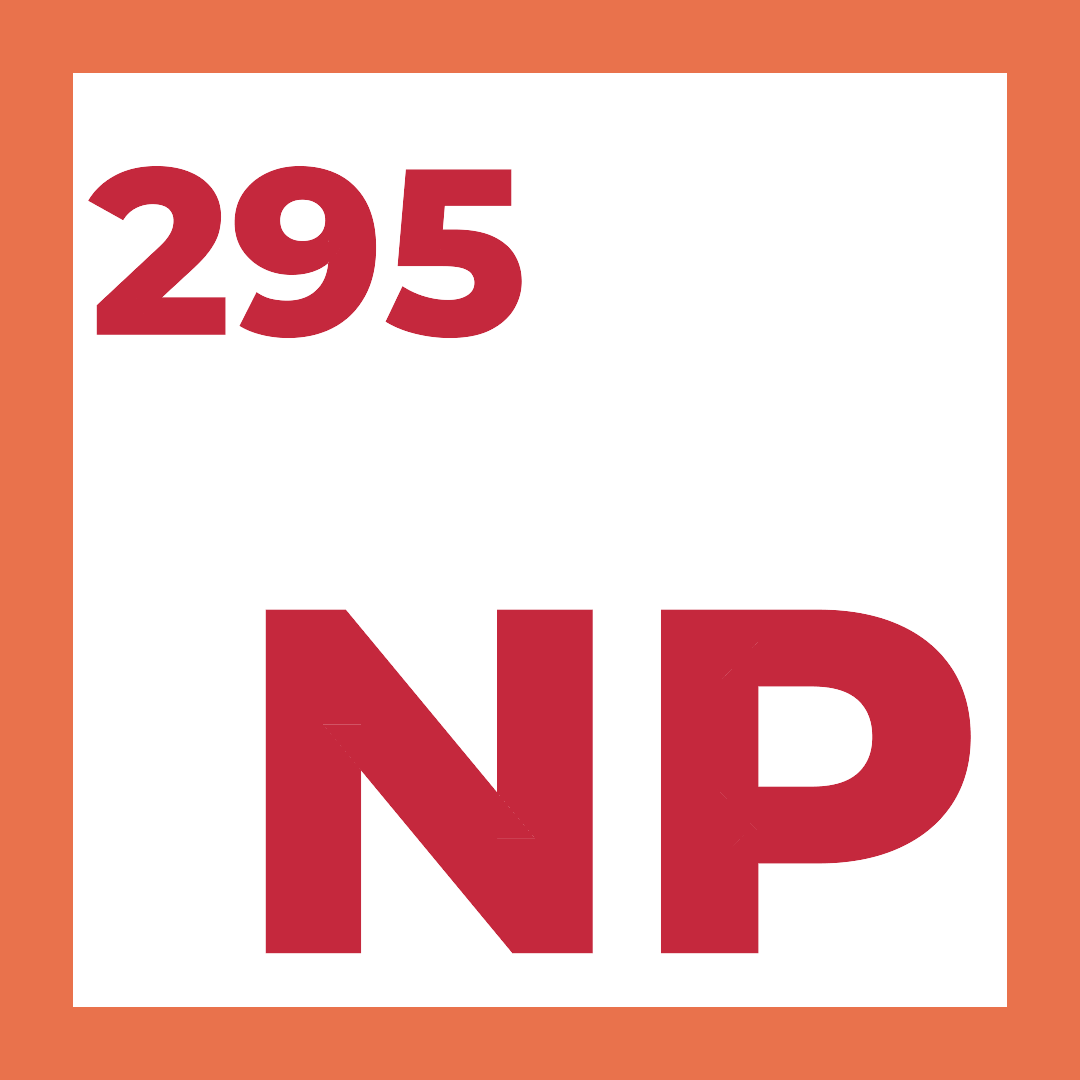Data is the most valuable asset of any organization in the digital age. However, managing and leveraging data effectively is not an easy task. It requires a comprehensive and coherent architecture blueprint and framework that can guide the design, development, and deployment of data solutions. This is where ES/Xcelerate Data&AI comes in.
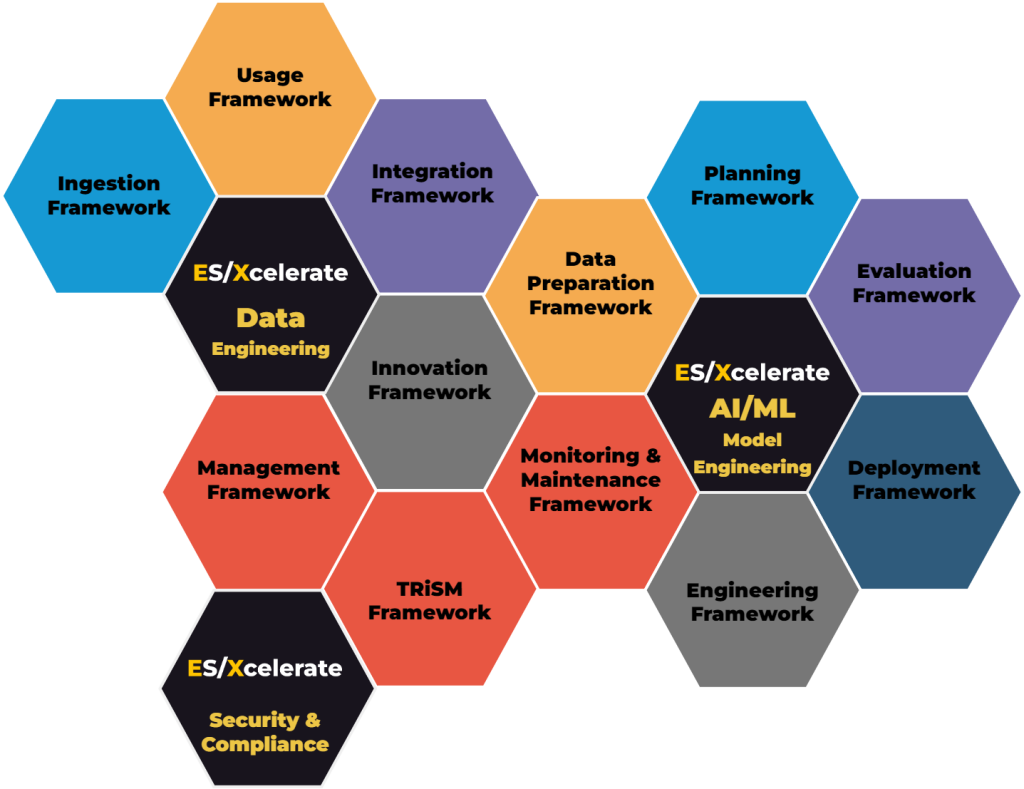
ES/Xcelerate Data&AI is a framework created at ErgoSum / X Labs. ES/Xcelerate Data&AI – Data Engineering is a set of five Architecture & Engineering frameworks and six AI/ML and Quant Model Engineering frameworks that cover the entire data lifecycle, from ingestion to innovation. Each framework defines the purpose, principles, processes, practices, and patterns for data engineering and architecture. The frameworks are:
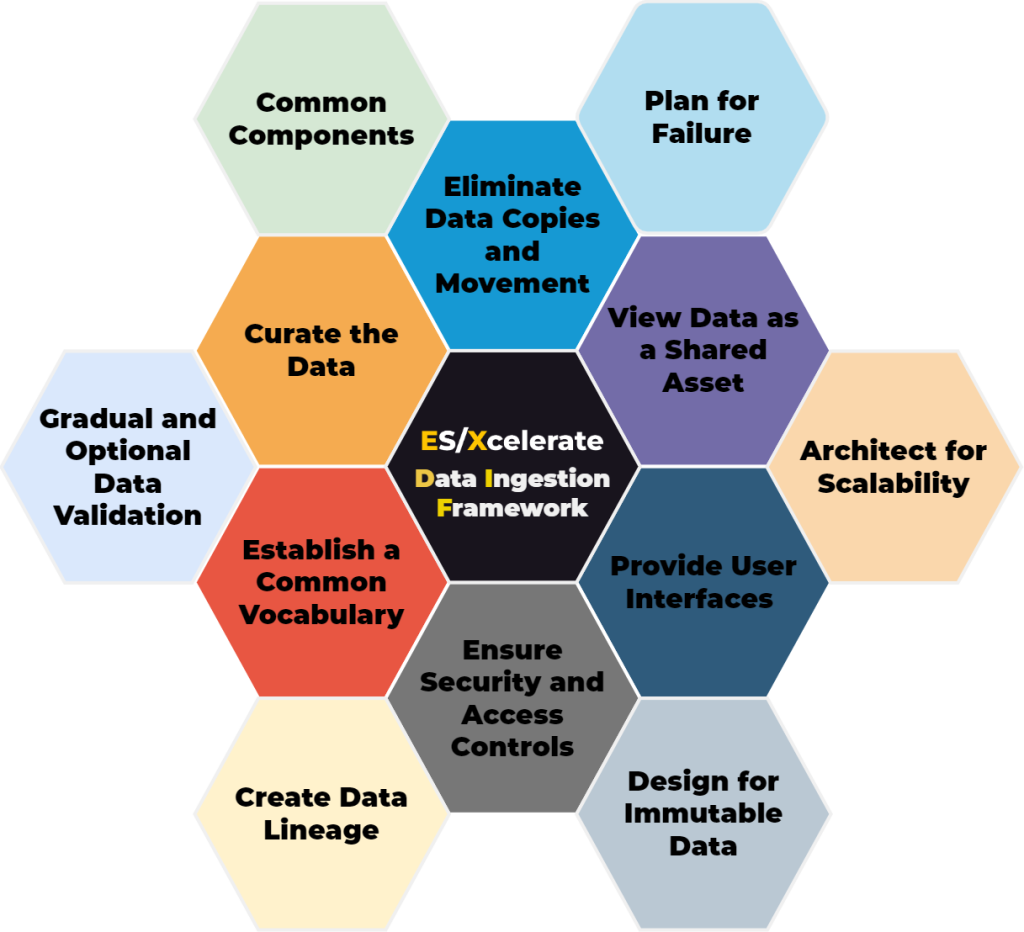
Ingestion
To collect, validate, and store data from various sources and formats in a secure and scalable way.
Integration
To transform, enrich, and integrate data from different sources and domains to create a unified and consistent view of the data.
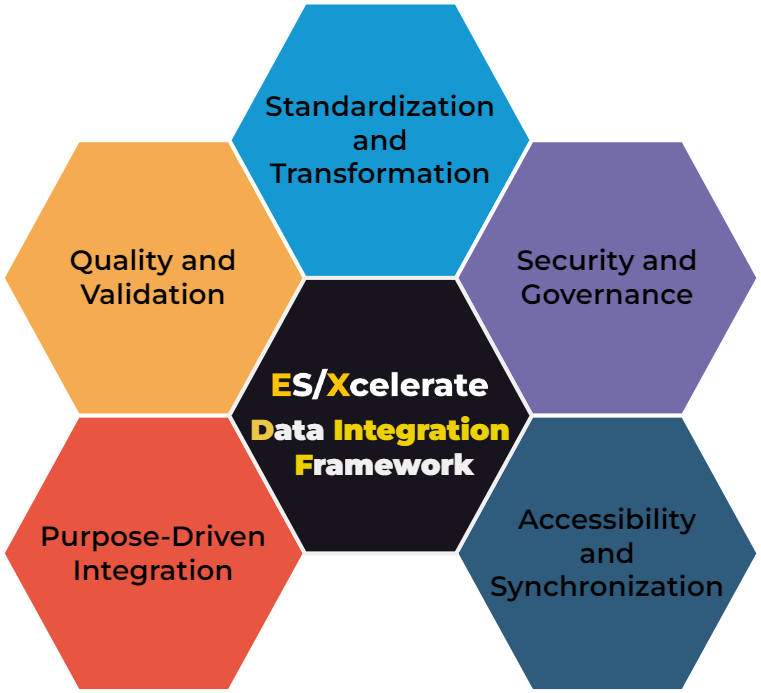
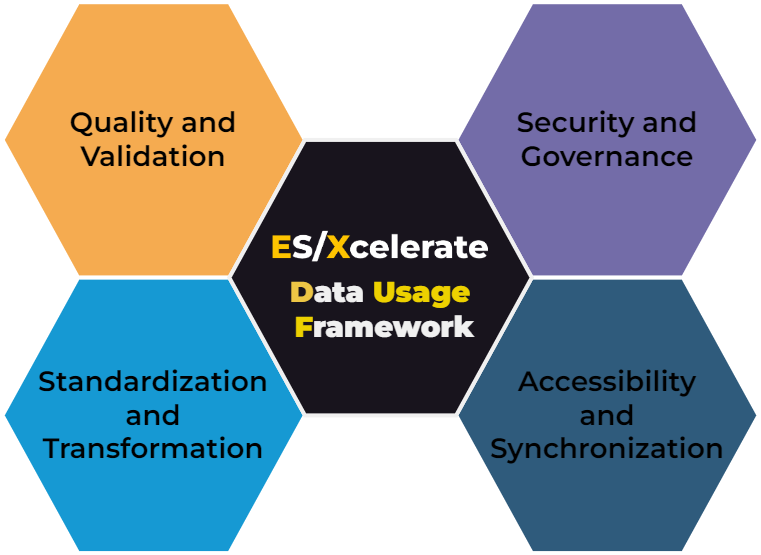
Usage
To enable data discovery, exploration, analysis, and visualization for various users and roles across the organization.
Management
To govern, monitor, and maintain the quality, security, and lifecycle of the data and metadata across the organization.
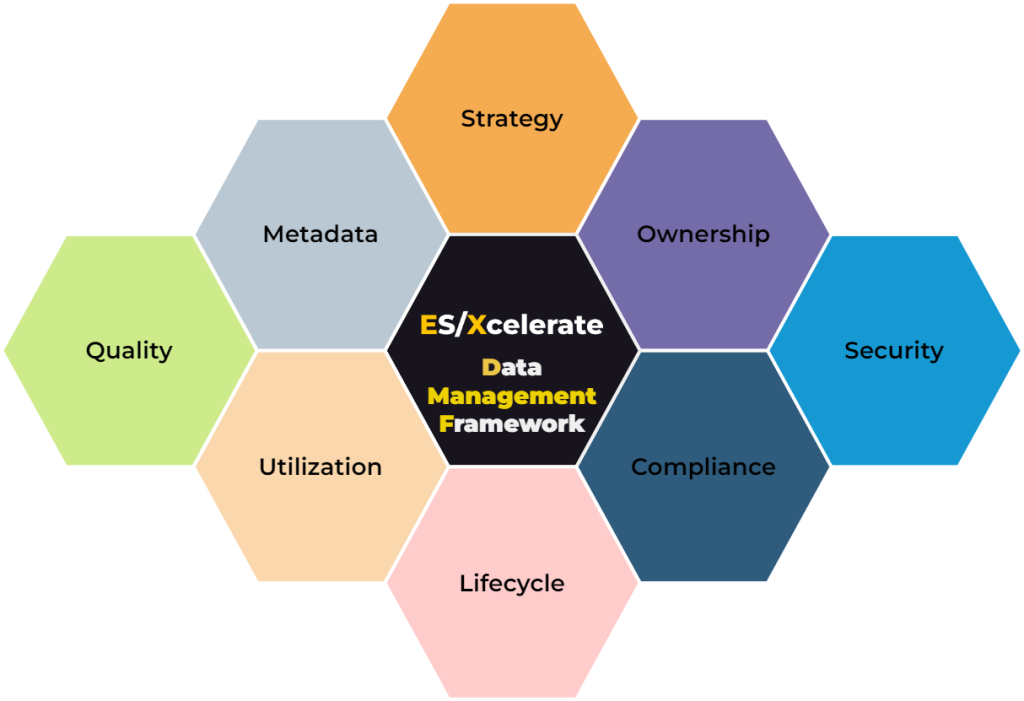
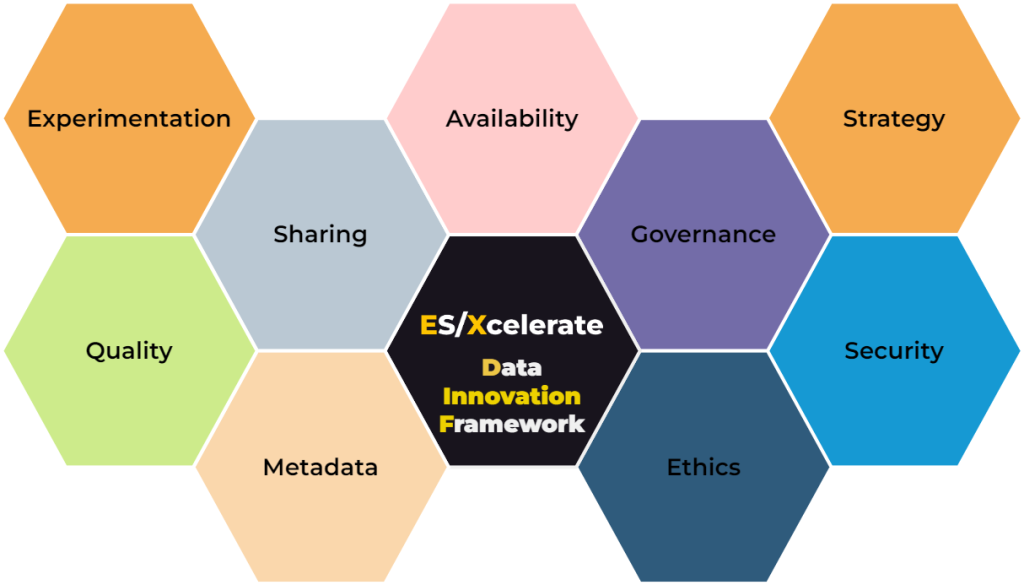
Innovation
To enable data-driven innovation and experimentation using advanced analytics, AI, and ML techniques and tools.
Architecture & Engineering Principles
| Principle | Description |
| View data as a shared asset | Data should be accessible and reusable across different teams and applications, without compromising quality or security. |
| Provide user interfaces for consuming data | Data should be presented in a way that is easy to understand and analyze, using tools such as dashboards, reports, or visualizations. |
| Ensure security and access controls | Data should be protected from unauthorized access or modification, using methods such as encryption, authentication, authorization, and auditing. |
| Establish a common vocabulary | Data should be defined and documented using consistent terms and standards, to avoid confusion and ambiguity. |
| Curate the data | Data should be cleaned, validated, enriched, and transformed to meet the needs and expectations of the consumers. |
| Eliminate data copies and movement | Data should be stored and processed in a way that minimizes duplication and transfer, to reduce costs and latency. |
| Choose common components wisely | Data should be built and deployed using modular and interoperable components, to enable flexibility and scalability. |
| Plan for failure | Data should be designed and tested to handle errors and exceptions, using techniques such as backup, recovery, and fault tolerance. |
| Architect for scalability | Data should be able to handle increasing volumes and varieties of data, using methods such as parallelism, distribution, and streaming. |
| Design for immutable data | Data should be treated as append-only and never overwritten or deleted, to preserve history and enable reproducibility. |
| Create data lineage | Data should be tracked and traced from source to destination, to provide visibility and accountability. |
| Gradual and optional data validation | Data should be validated at different stages and levels, depending on the use case and requirements. |
| Principle | Description |
| Purpose-driven integration | Data sources should undergo proper scrutiny before combining with the architecture, and only the necessary and relevant data should be integrated. |
| Quality and Validation | Data integration should ensure the accuracy, consistency, and reliability of the data, and implement processes to check for errors, anomalies, and integrity issues. |
| Standardization and Transformation | Data integration should convert and structure the data into a common format that ensures compatibility, alignment, and enrichment. |
| Security and Governance | Data integration should protect the data from unauthorized access, misuse, or loss, and adhere to the policies and regulations that govern the data. |
| Accessibility and Synchronization | Data integration should make the data available for analysis and decision making, and keep the data up to date over time, whether via periodic updates or real-time synchronization. |
| Principle | Description |
| Quality and Validation | Data quality refers to the accuracy, completeness, consistency, and reliability of the data. Data quality is essential for ensuring the validity and usefulness of the data for various purposes. Data quality can be ensured by implementing validation, cleansing, enrichment, and normalization processes during data integration. |
| Security and Governance | Data governance is the set of policies, standards, roles, and responsibilities that define how data is managed, accessed, and used within an organization. Data governance helps to ensure data security, privacy, compliance, and quality. Data governance also facilitates data collaboration and communication among different stakeholders. |
| Standardization and Transformation | Data standardization is the process of transforming data from different sources into a common format and structure that can be easily integrated and analyzed. Data standardization helps to eliminate data silos, reduce data complexity, and improve data interoperability. |
| Accessibility and Synchronization | Data accessibility is the degree to which data is available and usable by authorized users and roles across the organization. Data accessibility enables data discovery, exploration, analysis, and visualization for various purposes. Data accessibility can be achieved by implementing data integration technologies, such as data consolidation, data virtualization, and data replication. |
| Principle | Description |
| Strategy | A clear and coherent vision of how data will be used to achieve the organizational goals and objectives, aligned with the business strategy and stakeholder needs. |
| Ownership | A well-defined and communicated assignment of roles and responsibilities for data creation, maintenance, access, and usage, ensuring accountability and transparency. |
| Quality | A continuous process of ensuring that data is accurate, complete, consistent, relevant, and timely, and meets the standards and expectations of the data consumers. |
| Security | A comprehensive set of policies, procedures, and technologies to protect data from unauthorized access, modification, disclosure, or loss, and to comply with the legal and ethical obligations. |
| Lifecycle | A systematic management of data from its creation to its disposal, including data collection, integration, storage, backup, archiving, retention, and deletion. |
| Metadata | A descriptive and contextual information about the data, such as its definition, structure, source, lineage, quality, and usage, that enables data discovery, understanding, and governance. |
| Utilization | A maximization of the value and benefits of data for the organization, by enabling data sharing, collaboration, analysis, and innovation, and by measuring and reporting the data outcomes and impacts. |
| Compliance | A adherence to the internal and external rules and regulations that apply to the data, such as data protection, privacy, security, and quality, and a demonstration of the data compliance status. |
| Principle | Description |
| Strategy | Create a clear and coherent data strategy that aligns with the business goals and vision, and defines the data requirements, priorities, and standards for data innovation. |
| Governance | Establish a data governance framework that defines the roles, responsibilities, and accountabilities for data innovation, and ensures ethical, legal, and transparent data management practices. |
| Quality | Ensure data quality throughout the data lifecycle, by applying data validation, verification, and cleaning methods, and by monitoring and reporting on data quality metrics and issues. |
| Metadata | Collect and analyze metadata for all data assets, to provide information on the data origin, context, structure, meaning, quality, and usage, and to facilitate data discovery, integration, and reuse. |
| Experimentation | Enable data experimentation by providing access to data, tools, and platforms that support advanced analytics, AI, and ML, and by fostering a culture of data literacy, curiosity, and innovation. |
| Security | Protect data from unauthorized access, modification, or deletion, by implementing data encryption, authentication, authorization, and auditing mechanisms, and by complying with data privacy and security regulations. |
| Availability | Ensure data is accessible and usable by authorized users whenever and wherever they need it, by providing reliable data storage, backup, and recovery solutions, and by optimizing data performance and scalability. |
| Sharing | Facilitate data sharing and collaboration among internal and external stakeholders, by establishing data exchange standards, protocols, and platforms, and by promoting data interoperability and openness. |
| Ethics | Respect the rights and interests of data owners, providers, and users, by adhering to ethical principles and values, such as fairness, transparency, accountability, and trustworthiness, and by avoiding data misuse or abuse. |
Having well integrated data frameworks is crucial for organizations to effectively leverage data and analytics across teams, applications, and business functions. An integrated set of data frameworks provides a common language, aligns to business goals, reduces duplication, increases accessibility, and manages governance—driving greater value from data.
| Source Framework | Source Principle | Target Framework | Target Principle |
|---|---|---|---|
| Ingestion | Shared Asset | Usage | Accessibility |
| Ingestion | Shared Asset | Innovation | Availability |
| Ingestion | Shared Asset | Innovation | Sharing |
| Ingestion | Security | Integration | Security |
| Ingestion | Security | Usage | Security |
| Ingestion | Common Vocabulary | Integration | Standardization |
| Ingestion | Data Curation | Integration | Quality |
| Ingestion | Fault Tolerance | Management | Lifecycle |
| Ingestion | Lineage | Management | Metadata |
| Ingestion | Purpose | Ingestion | Strategy |
| Ingestion | Gradual Validation | Integration | Quality |
| Integration | Quality | Usage | Quality |
| Integration | Standardization | Usage | Standardization |
| Integration | Security | Usage | Security |
| Integration | Accessibility | Usage | Accessibility |
| Integration | Synchronization | Management | Lifecycle |
For example, the “Shared Asset” principle promotes data as an enterprise asset accessible across stakeholders. Rather than siloed datasets per application, data is treated as an organizational asset enabling reuse, analysis, and innovation. An integrated data ingestion framework would implement the necessary security, quality checks, and metadata management to facilitate company-wide data access. An integrated usage framework provides dashboards, visualizations and self-serve access powered by the trusted shared data. By linking ingestion, integration, usage, and innovation frameworks around the shared asset philosophy, duplication is eliminated while data utility is maximized through easy discovery and collaboration.
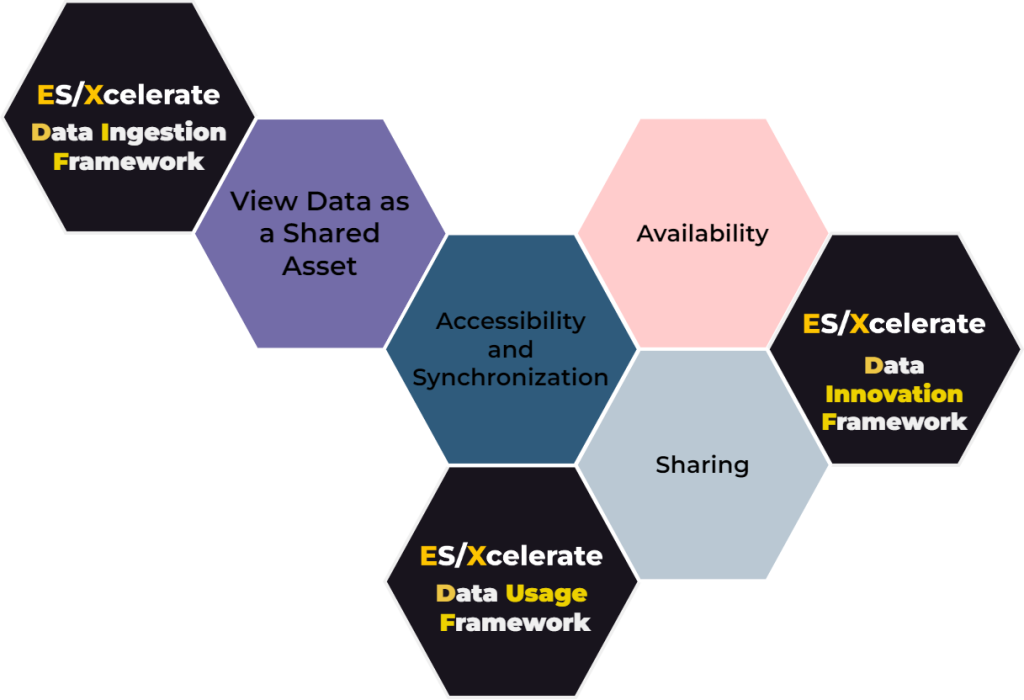
© Nilay Parikh. All rights reserved. No warranty or liability implied.
In summary, integrated frameworks create data synergies across teams via common architecture, vocabulary, access conventions and governance responsibility. Just as business functions coordinate strategy, data frameworks must align to avoid disconnects that undermine analytics and decisions. Cross-framework integration anchored on “shared data asset” thinking exemplifies this coordination imperative for data-driven organizations.
The frameworks address the common challenges and problems faced by data practitioners and organizations, such as:
- Data Silos: Data is scattered across different systems, platforms, and locations, making it hard to access, integrate, and analyze.
- Data Complexity: Data is diverse, heterogeneous, and dynamic, making it hard to understand, model, and process.
- Data Inconsistency: Data is not aligned, standardized, or harmonized, leading to data quality issues and conflicts.
- Data Redundancy: Data is duplicated, outdated, or irrelevant, wasting resources and increasing maintenance costs.
- Data Inefficiency: Data is not optimized, automated, or streamlined, resulting in poor performance and productivity.
- Data Underutilization: Data is not fully exploited, explored, or enriched, missing out on potential value and innovation.
The frameworks provide a comprehensive and consistent scope for data engineering and architecture, covering the following aspects:
- Data Sources: The types, formats, and characteristics of the data sources, both internal and external, that provide the raw data for the organization.
- Data Storage: The types, structures, and features of the data storage systems, both on-premise and cloud-based, that store the data for the organization.
- Data Processing: The types, methods, and tools of the data processing techniques, both batch and streaming, that transform, enrich, and integrate the data for the organization.
- Data Services: The types, functions, and protocols of the data services, both RESTful and event-driven, that expose, consume, and orchestrate the data for the organization.
- Data Analytics: The types, approaches, and technologies of the data analytics solutions, both descriptive and predictive, that analyze, visualize, and model the data for the organization.
- Data Governance: The types, components, and processes of the data governance framework, both technical and business, that govern, monitor, and maintain the data for the organization.
The frameworks offer a practical and actionable guide for data engineering and architecture, helping the data practitioners and organizations to:
- Assess: Evaluate the current state and maturity of the data engineering and architecture practices, using the measurable criteria and indicators defined by the frameworks.
- Identify: Identify the gaps, risks, and opportunities for improvement and innovation in the data engineering and architecture practices, using the evidence and feedback collected by the frameworks.
- Plan: Plan the roadmap and strategy for achieving the desired state and goals of the data engineering and architecture practices, using the alignment and applicability principles defined by the frameworks.
- Implement: Implement the best practices and patterns for data engineering and architecture, using the effectiveness and efficiency principles defined by the frameworks.
- Review: Review the outcomes and impacts of the data engineering and architecture practices, using the trust and credibility principles defined by the frameworks.
ES/Xcelerate Data&AI is a powerful and proven architecture blueprint and framework that can help you achieve data-driven excellence and business goals. It is suitable for any organization, industry, or domain that wants to harness the full potential of data.

Executive layer, providing succinct architectural insights through graphical representations and value-driven roadmaps. Align organizational data strategies with business goals, offering transparent views of budgetary, risk, and capability trade-offs.

Design layer for comprehensive architectural principles, design patterns, and technical recommendations. Tailored for architects and engineers, it guides through modern best practices, balancing quality, cost, and agility for robust implementations.

Data governance teams find their compass in the Controls layer, offering predefined audit controls, risk indicators, and capability maturity blueprints. Quantify operational metrics, ensuring a rigorous approach to quality, compliance, and usage across data processes.
License
This work (ES/Xcelerate Framework) by Nilay Parikh is licensed under CC BY 4.0 or view a human-readable summary.
If the above licenses do not suit your needs, please contact us at [email protected] to discuss your terms. We also offer more flexible commercial license that do not require attribution. The different licensing approaches reflect the intellectual property and commercial considerations associated with various framework elements while still promoting access.
Disclaimer
The views expressed on this site are personal opinions only and have no affiliation. See full disclaimer, terms & conditions, and privacy policy. No obligations assumed.
